White Cliffs Natural Area Wildlife Management Area
Rate this placeLast Updated: January 7, 2026
White Cliffs Natural Area Wildlife Management Area, located in the state of Missouri, offers visitors a unique and diverse experience in a beautiful natural setting.
°F
°F
mph
Wind
%
Humidity
Summary
Here is a summary of the area, including reasons to visit, specific points of interest, interesting facts, and the best time of year to visit, verified across multiple independent sources.
Reasons to Visit:
1. Natural Beauty: White Cliffs Natural Area boasts stunning landscapes, including towering white limestone bluffs, lush forests, and scenic river views. The area provides excellent opportunities for hiking, photography, birdwatching, and nature observation.
2. Wildlife Viewing: As a designated wildlife management area, White Cliffs is home to a variety of wildlife species, making it a paradise for nature enthusiasts. Visitors may spot bald eagles, deer, wild turkey, migratory birds, and various other animals.
3. Outdoor Activities: Whether you enjoy fishing, hunting, or simply exploring the outdoors, White Cliffs offers a range of outdoor recreational activities. Fishing enthusiasts can try their luck in the nearby Missouri River, which is known for its abundant catfish, bass, and other fish species.
4. Historical Significance: This area played a significant role in American history, as it was once part of the Lewis and Clark Expedition. Explorers Meriwether Lewis and William Clark famously passed through this region during their journey to the Pacific Ocean.
Points of Interest:
1. White Cliffs: The area's namesake, the towering white limestone cliffs, are a prominent feature and offer a stunning visual spectacle. These cliffs are a popular spot for photography and provide a unique backdrop for exploring the surrounding trails.
2. Hiking Trails: White Cliffs Natural Area offers several well-maintained hiking trails that allow visitors to explore the diverse landscapes and witness the area's natural beauty up close. The trails vary in difficulty, accommodating both novice and experienced hikers.
3. Missouri River Access: The nearby Missouri River provides opportunities for fishing, boating, and scenic river cruises. The river is easily accessible from the area, allowing visitors to enjoy various water-based activities.
Interesting Facts:
1. White Cliffs Natural Area is part of the Missouri Department of Conservation's extensive efforts to conserve and manage the state's natural resources, including wildlife and plant species.
2. The area covers approximately 1,800 acres and is located in eastern Missouri, about 30 miles northwest of St. Louis.
3. It is home to a diverse range of plant species, including various types of wildflowers, trees, and shrubs.
Best Time of Year to Visit:
The best time to visit White Cliffs Natural Area is typically during the spring and fall seasons when the temperatures are mild, and the foliage is vibrant. Spring brings blooming wildflowers and migratory bird sightings, while fall offers stunning foliage colors. It is important to note that the area can be quite hot and humid during the summer months, so visitors should plan accordingly.
Sources:
- Missouri Department of Conservation: https://nature.mdc.mo.gov/discover-nature/places/white-cliffs-natural-area
- Explore St. Louis: https://explorestlouis.com/things-to-do/outdoors/white-cliffs-natural-area/
Weather Forecast
Park & Land Designation Reference
Large protected natural areas managed by the federal government to preserve significant landscapes, ecosystems, and cultural resources; recreation is allowed but conservation is the priority.
State Park
Public natural or recreational areas managed by a state government, typically smaller than national parks and focused on regional natural features, recreation, and education.
Local Park
Community-level parks managed by cities or counties, emphasizing recreation, playgrounds, sports, and green space close to populated areas.
Wilderness Area
The highest level of land protection in the U.S.; designated areas where nature is left essentially untouched, with no roads, structures, or motorized access permitted.
National Recreation Area
Areas set aside primarily for outdoor recreation (boating, hiking, fishing), often around reservoirs, rivers, or scenic landscapes; may allow more development.
National Conservation Area (BLM)
BLM-managed areas with special ecological, cultural, or scientific value; more protection than typical BLM land but less strict than Wilderness Areas.
State Forest
State-managed forests focused on habitat, watershed, recreation, and sustainable timber harvest.
National Forest
Federally managed lands focused on multiple use—recreation, wildlife habitat, watershed protection, and resource extraction (like timber)—unlike the stricter protections of national parks.
Wilderness
A protected area set aside to conserve specific resources—such as wildlife, habitats, or scientific features—with regulations varying widely depending on the managing agency and purpose.
Bureau of Land Management (BLM) Land
Vast federal lands managed for mixed use—recreation, grazing, mining, conservation—with fewer restrictions than national parks or forests.
Related References

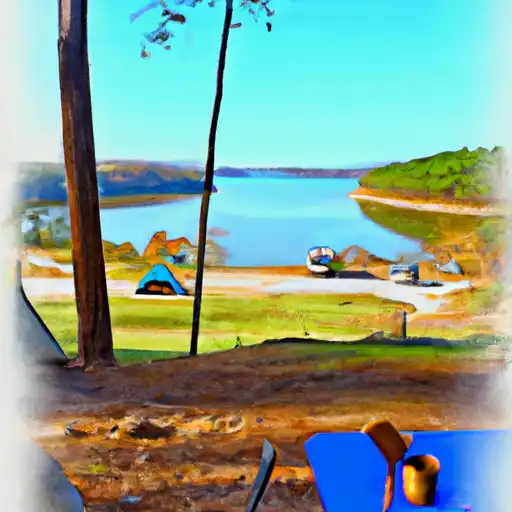 White Cliffs - Millwood Lake
White Cliffs - Millwood Lake
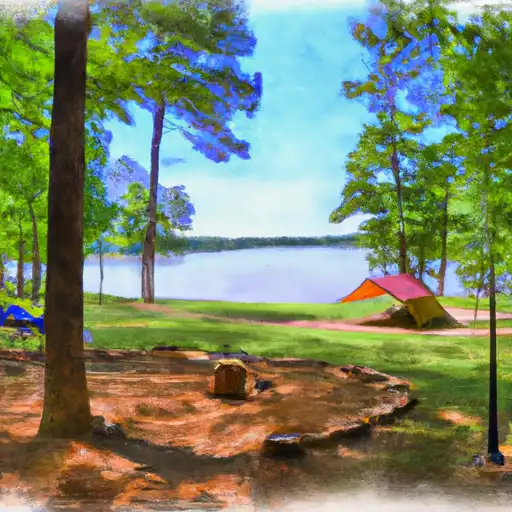 Paraloma Landing - Millwood Lake
Paraloma Landing - Millwood Lake
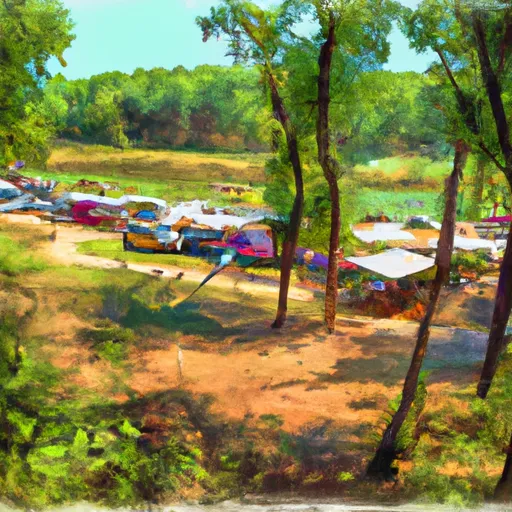 Cottonshed Landing - Millwood Lake
Cottonshed Landing - Millwood Lake
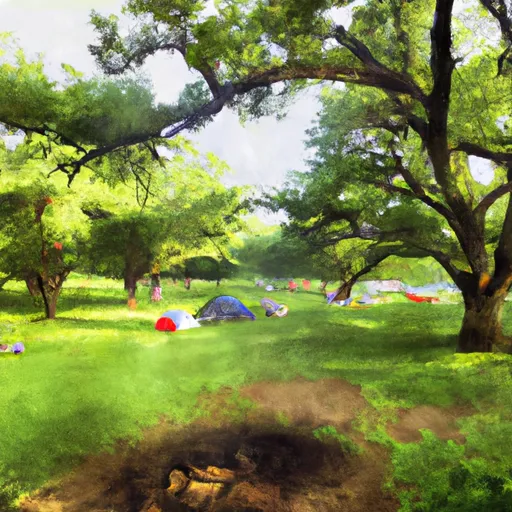 Millwood State Park
Millwood State Park
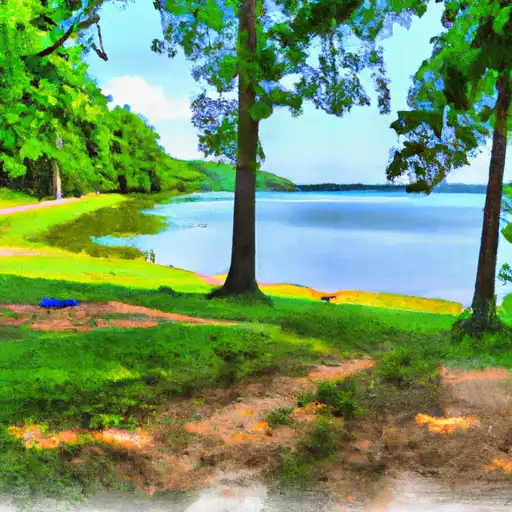 River Run West - Millwood Lake
River Run West - Millwood Lake
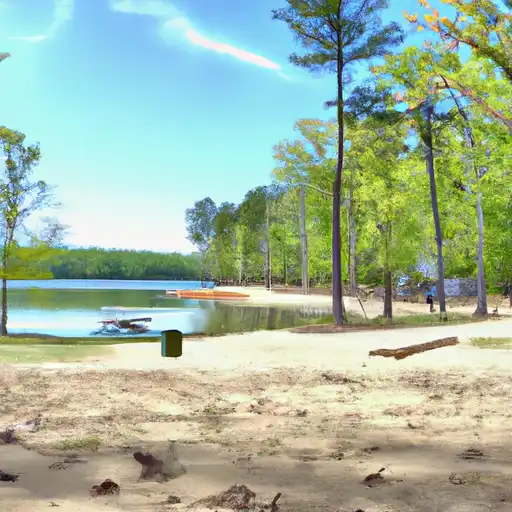 River Run East - Millwood Lake
River Run East - Millwood Lake